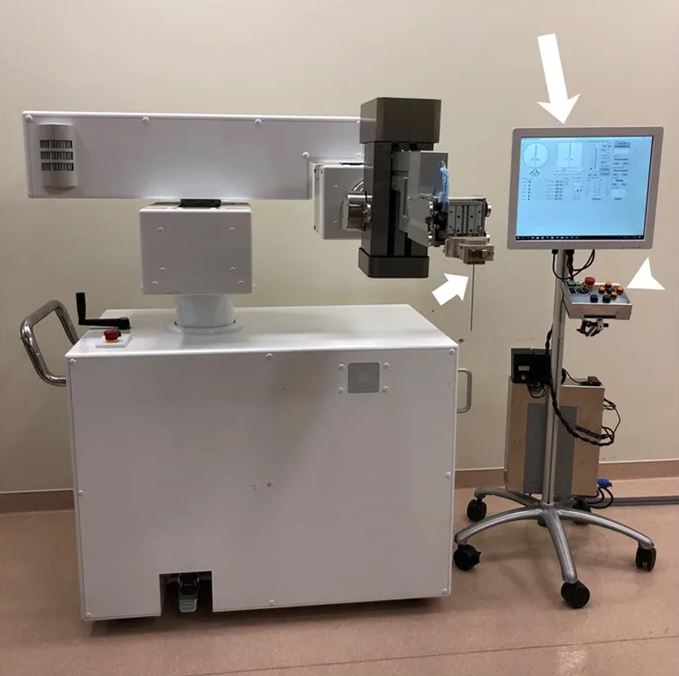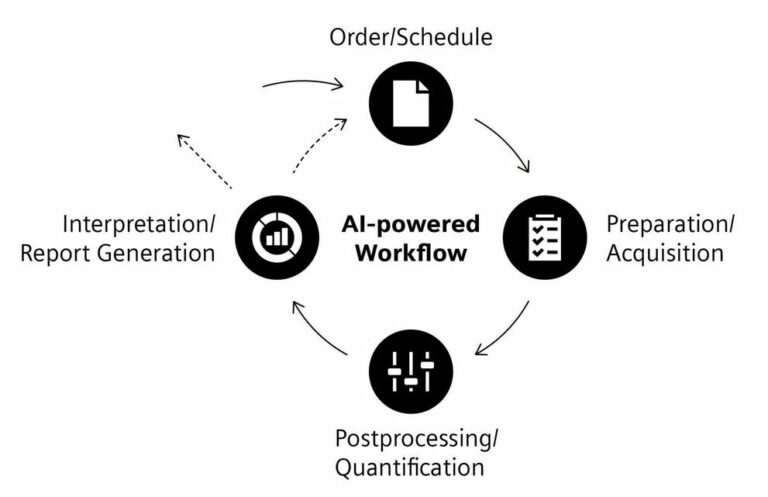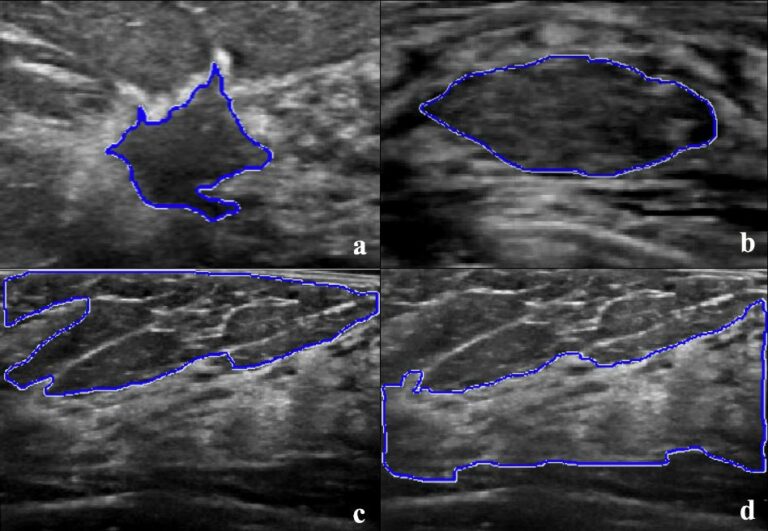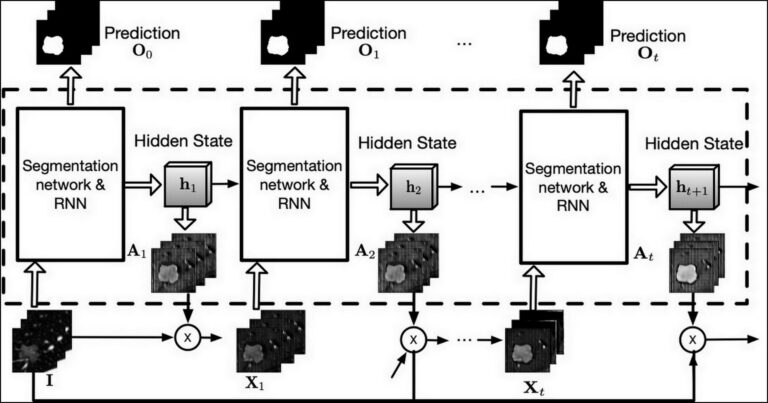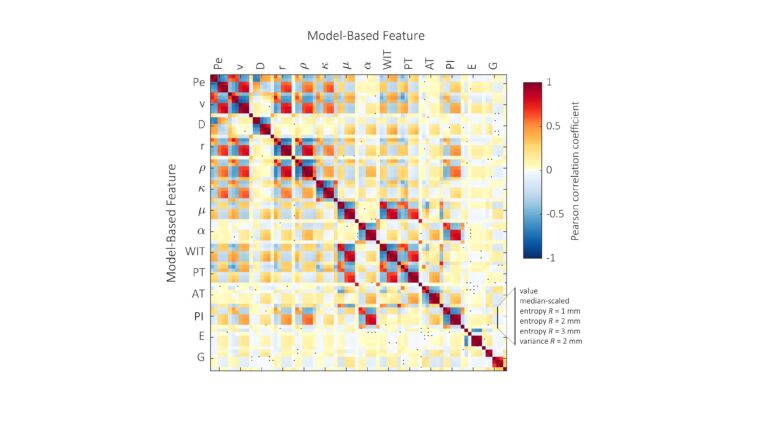
Looking outside the box: imitation learning in gaming, AI in psychiatry, and gender bias
This week in artificial intelligence (AI) news, we take a look at a Minecraft competition to further the idea of ‘imitation learning’, the potential of AI in the field of psychiatry, and the issue of gender bias when using artificial intelligence. If you’re a parent, or an avid gamer yourself, you may be familiar with the popular video game Minecraft –










